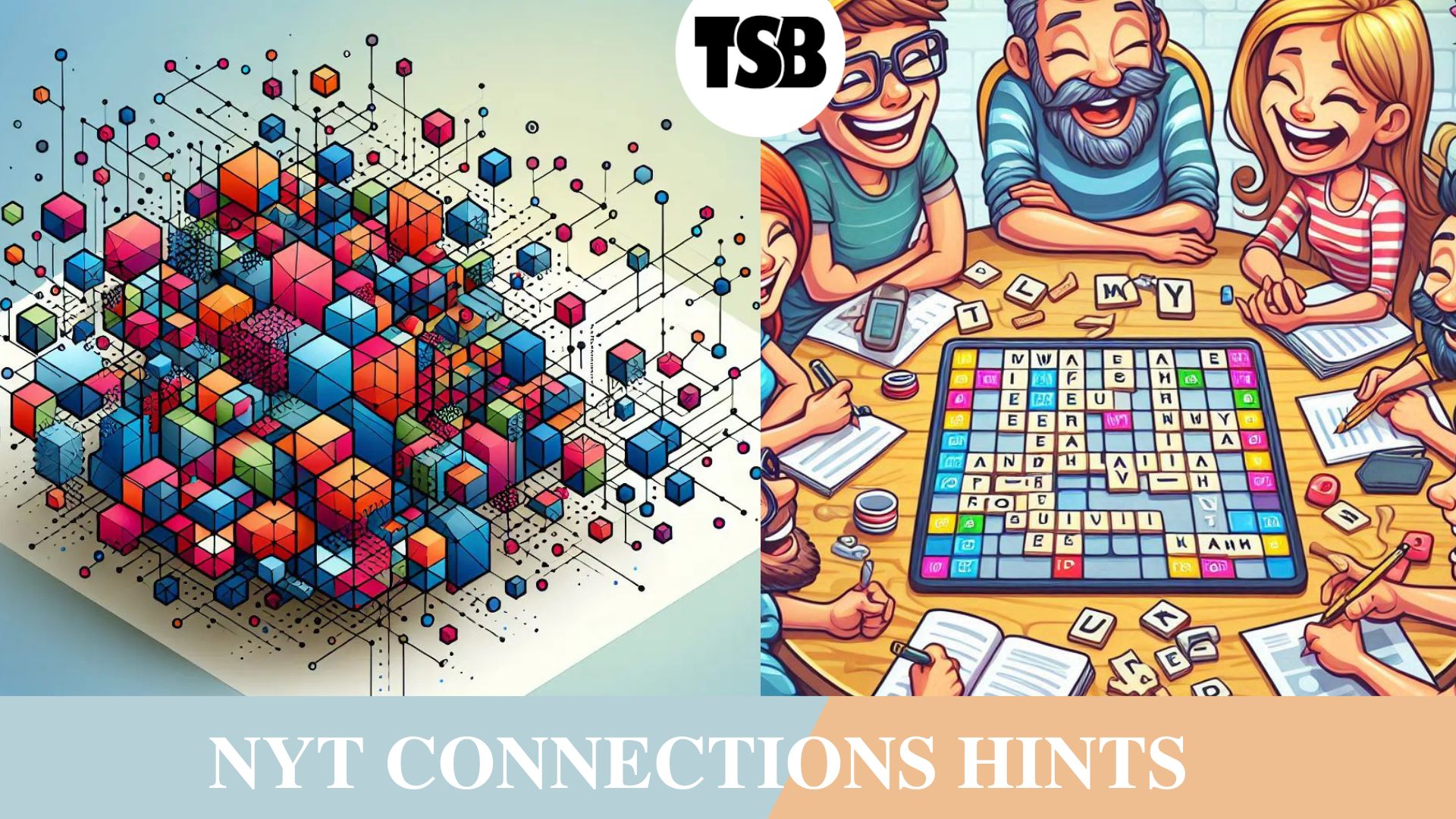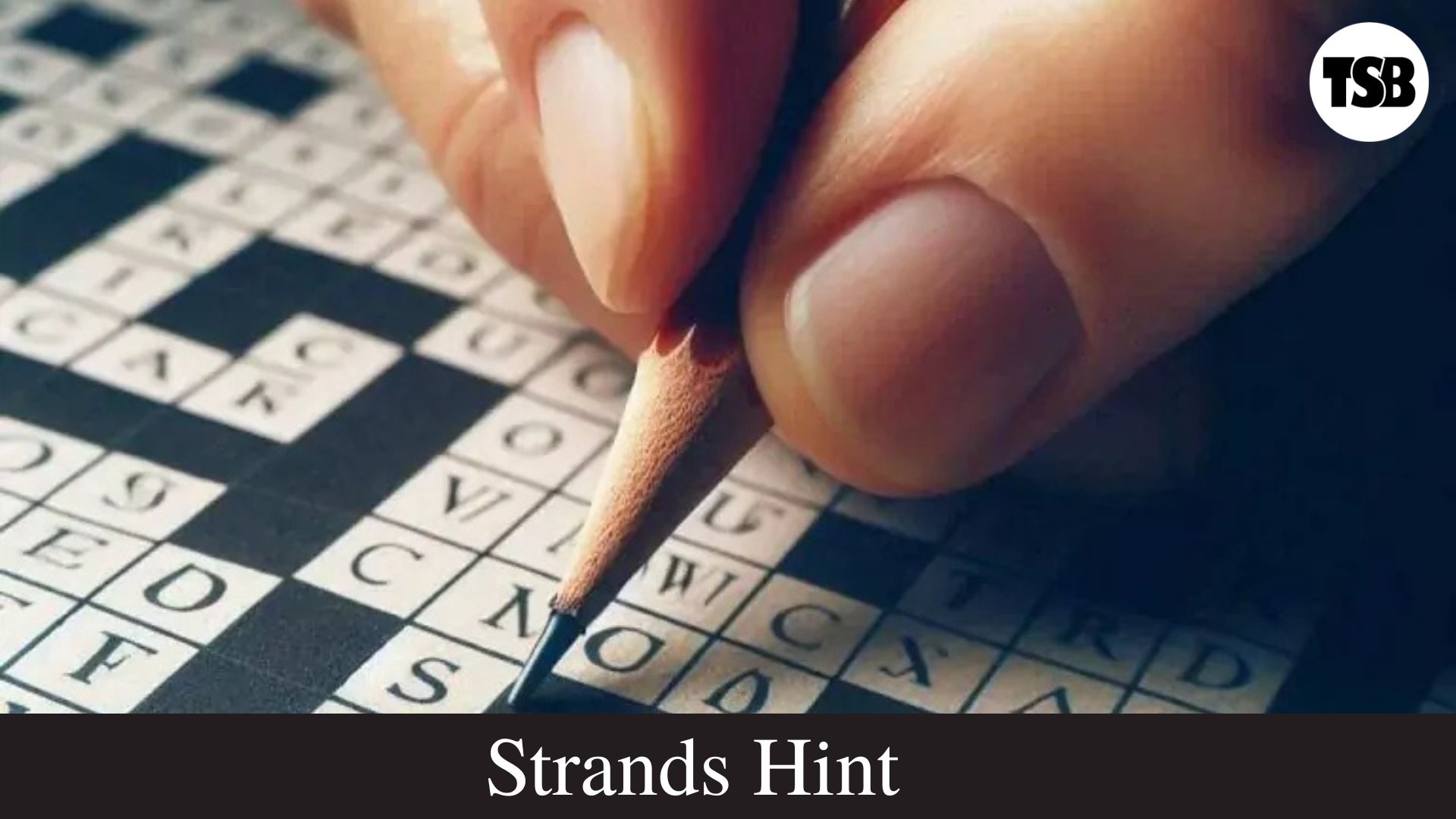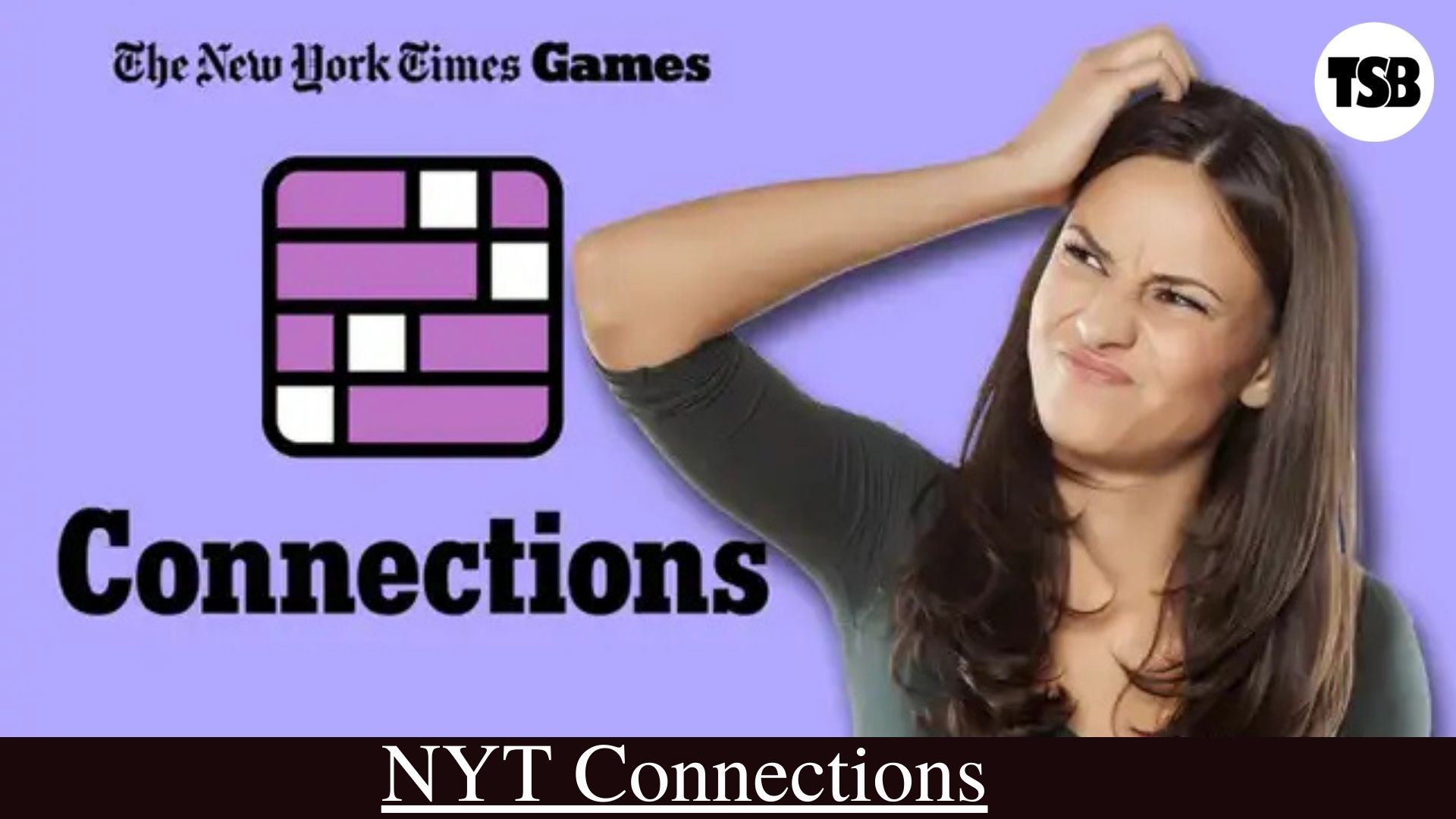NYT Connections Hints: A Comprehensive Guide to Solving the Puzzle

Introduction
The New York Times Connections puzzle has become a favorite among word game enthusiasts, offering a unique and challenging twist on traditional word games. If you’ve ever found yourself stuck on a particularly tricky puzzle, you’re not alone. In this detailed guide, we’ll explore everything you need to know about NYT Connections hints, including strategies for solving the puzzle, common themes, and FAQs. Whether you’re a beginner or a seasoned player, this article will help you master the art of connecting words and conquering the puzzle.
The New York Times Connections puzzle is a captivating word game that challenges players to find connections between seemingly unrelated words. Each puzzle presents a grid of words, and the goal is to group them into categories based on shared themes or relationships. While the game is incredibly rewarding, it can also be quite challenging. That’s where NYT Connections hints come in. In this article, we’ll provide you with the tools and strategies you need to solve the puzzle like a pro.
What is the NYT Connections Puzzle?

Gameplay Overview
- Objective: Group a set of 16 words into 4 categories of 4 related words each.
- Categories: The connections can be based on anything from synonyms and antonyms to shared themes, pop culture references, or wordplay.
- Difficulty: The puzzles range from easy to challenging, with some requiring deep knowledge of trivia or creative thinking.
Why It’s Popular
- Mental Stimulation: The game exercises your brain, improving vocabulary, pattern recognition, and problem-solving skills.
- Daily Challenge: A new puzzle is released every day, keeping players engaged and coming back for more.
- Community: The game has a dedicated fanbase, with players sharing tips, hints, and solutions online.
Strategies for Solving NYT Connections Puzzles
1. Start with Obvious Connections
- Look for words that clearly belong together, such as synonyms, antonyms, or words from the same category (e.g., fruits, countries, or colors).
- Example: If the words “apple,” “banana,” “orange,” and “grape” appear, they likely belong to the “fruits” category.
2. Identify Common Themes
- Think about broader themes that could connect multiple words. These could include:
- Pop Culture: Movie titles, song lyrics, or celebrity names.
- Wordplay: Homonyms, homophones, or words with double meanings.
- Trivia: Historical events, scientific terms, or geographical locations.
3. Use Process of Elimination
- If you’re unsure about a word’s category, try placing it in different groups and see if it fits.
- Eliminate words that don’t fit in a particular category to narrow down your options.
4. Look for Subtle Clues
- Sometimes, the connections are less obvious and require creative thinking.
- Example: The words “bat,” “ball,” “glove,” and “mitt” could belong to the “baseball equipment” category.
5. Take Breaks
- If you’re stuck, step away from the puzzle for a few minutes. A fresh perspective can often reveal hidden connections.
Common Themes in NYT Connections Puzzles

1. Synonyms and Antonyms
- Words that mean the same or opposite things are often grouped together.
- Example: “Happy,” “joyful,” “elated,” and “ecstatic” (synonyms).
2. Categories and Subcategories
- Words that belong to the same category or subcategory are frequently paired.
- Example: “Dog,” “cat,” “bird,” and “fish” (pets).
3. Pop Culture References
- The puzzle often includes references to movies, TV shows, music, and celebrities.
- Example: “Harry,” “Ron,” “Hermione,” and “Dumbledore” (Harry Potter characters).
4. Wordplay and Puns
- Some puzzles rely on clever wordplay or puns to create connections.
- Example: “Bat,” “ball,” “strike,” and “pitch” (baseball terms).
5. Historical and Geographical Themes
- Words related to historical events, famous landmarks, or geographical locations are common.
- Example: “Eiffel,” “Big Ben,” “Statue of Liberty,” and “Colosseum” (famous landmarks).
NYT Connections Hints: How to Use Them Effectivel
1. Start with the Easiest Connections
- Focus on the most obvious groups first to build momentum.
2. Use Online Resources
- Websites and forums dedicated to NYT Connections often provide hints and solutions for tricky puzzles.
3. Collaborate with Friends
- Sometimes, a fresh perspective can help you see connections you might have missed.
4. Practice Regularly
- The more puzzles you solve, the better you’ll become at recognizing common themes and patterns.
FAQs About NYT Connections Hints
1. What is the NYT Connections puzzle?
The NYT Connections puzzle is a word game where players group 16 words into 4 categories of 4 related words each.
2. How do I get hints for NYT Connections?
You can find hints on the New York Times website, online forums, or dedicated puzzle-solving websites.
3. Are there any tools to help solve NYT Connections?
Yes, there are online solvers and apps that provide hints and solutions for NYT Connections puzzles.
4. How often are new puzzles released?
A new puzzle is released every day on the New York Times website.
5. Can I play NYT Connections on my phone?
Yes, the puzzle is available on the New York Times Crossword app.
6. What if I can’t solve a puzzle?
Take a break, use online hints, or ask friends for help. Sometimes, stepping away and returning later can help you see the connections more clearly.
Conclusion

The NYT Connections puzzle is a fun and challenging way to test your vocabulary, creativity, and problem-solving skills. With the right strategies and a little practice, you can master the art of connecting words and conquer even the most difficult puzzles. Whether you’re a beginner or a seasoned player, this guide has everything you need to succeed. So grab a pen, fire up your brain, and start solving!







